Ask any seasoned content marketer where they spend the bulk of their time, and most will say it’s creating content not planning or predicting what’s coming next.
Here’s why this approach is no longer efficient.
Google was indexing around 400 billion webpages as of 2020.
So we can assume that a massive number of pages are always standing by to rank for a search query.
In such a competitive landscape, you cannot rely simply on the quality of your write-ups to rank higher.
To get noticed, you’ll need to do something very few of your competitors are doing and that is predictive SEO.
Predictive SEO targets the base of the issue by introducing you to unsaturated and new topics from the future so you can react quickly and become the pioneer of those topics.
Interested to know more about predictive SEO and how it works? Read on and learn what it is, how to perform it and using what tools.
Key Takeaways
- Using predictive SEO, you can plan and prepare content way before search interest rises. It essentially gives you a head start over your competitors.
- Predictive SEO relies on indicators like past data, analytics, and cultural signals to predict what people will search for in the future.
- If you create content early (before the search interest increases), it allows your web pages build authority and rank naturally.
- Predictive SEO is a proactive approach that saves time, increases ROI, and gives you long-term visibility in search results.
What Is Predictive SEO?
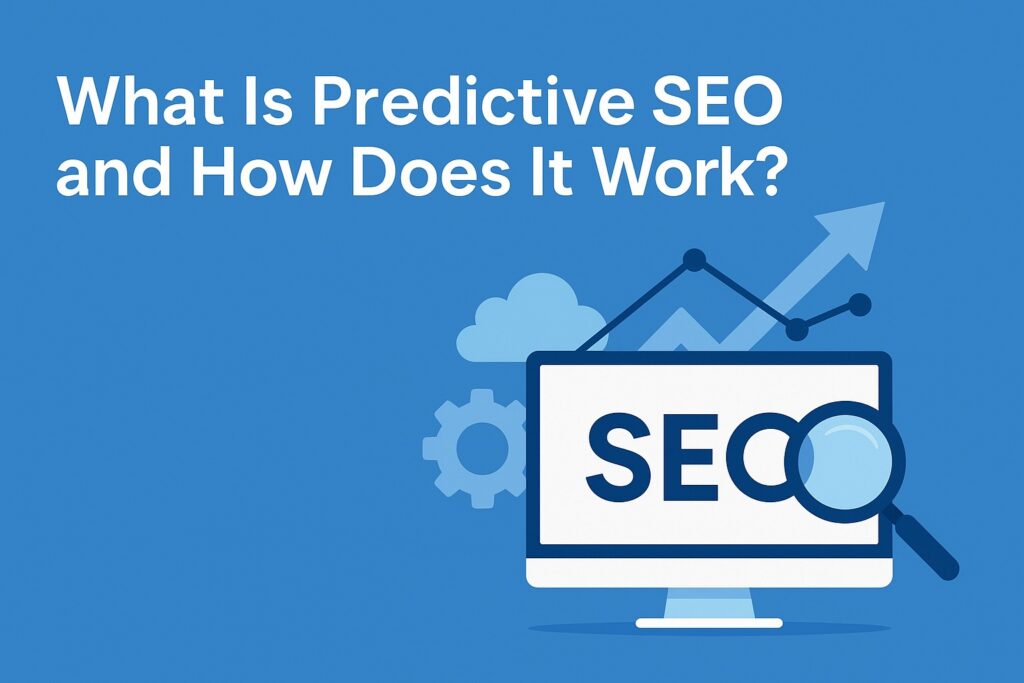
One week, search engines tell you to follow one strategy, and the next week it flags that strategy as outdated or even harmful.
This happens all the time and is a big annoyance for content marketers.
However, one strategy that’ll never go out of style is planning great content ahead of time using predictive SEO.
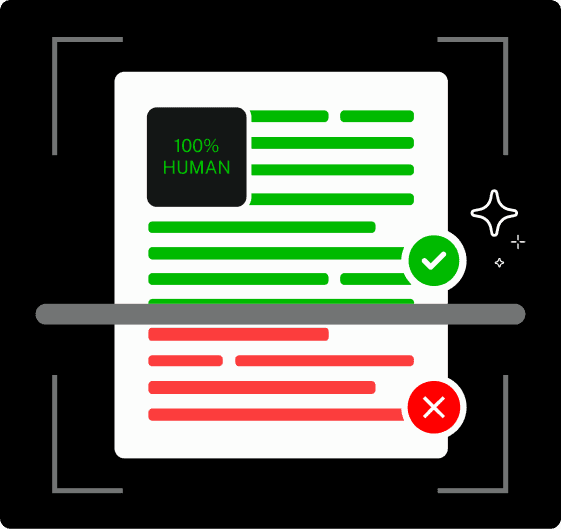
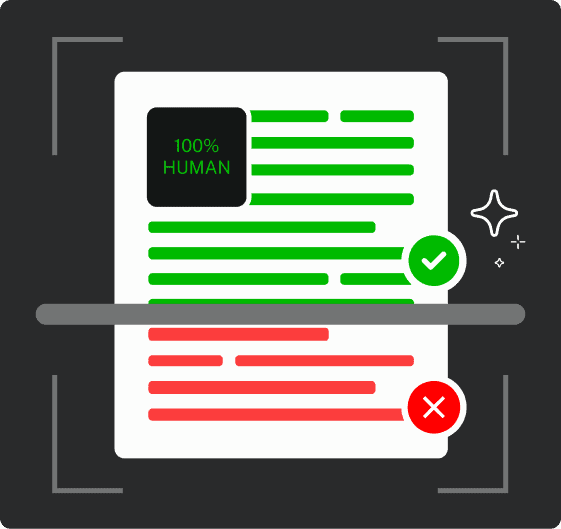
Never Worry About AI Detecting Your Texts Again. Undetectable AI Can Help You:
- Make your AI assisted writing appear human-like.
- Bypass all major AI detection tools with just one click.
- Use AI safely and confidently in school and work.
The keyword here is “predictive SEO”.
In predictive SEO you figure out what search terms and topics are going to matter tomorrow and start writing about it today.
It’s similar to knowing which stocks are about to skyrocket, except instead of becoming a millionaire (though that isn’t entirely out of question), you’ll be winning top search rankings.
Predictive SEO uses analytics, past data, and cultural signals to forecast what people are going to search for in the future.
When you set up your content with future in mind, it’ll be waiting at the top of the results page when interest finally spikes, even if you have to sacrifice some immediate traffic in the beginning.
In addition to traditional search results, your chances of winning spots in AI-powered overviews and getting generative AI tools to reference you in response to user prompts also increase by a lot.
The Shift From Reactive to Predictive Search Strategies
You might be wondering what’s causing this shift from reactive to proactive SEO approach.
Well, thanks to the boom of AI, predicting trends of the future has become a lot easier.
That’s why many SEO tools have integrated AI to let users collect insights about the future and create content based on that.
Even search engines have started using AI to decide which content to rank on search pages.
In addition, now even generative AI tools like ChatGPT have added the feature of “web search”, so that’s created another battlefield for content marketers to compete.
So if your brand is providing the right answers before the questions even go mainstream, you’ll be highlighted first by these tools when the anticipated trends gain interest.
Core Concept and How It Differs From Traditional SEO
Traditional SEO is built on what’s already happened.
You used to look at the past and current search volumes, keyword performance, competitor data, etc, to decide what to write now.
Predictive SEO flips that on its head.
It answers “What will people be searching for next month or next year?” so you could be one of the first ones, if not the first, to write content targeting those trends.
And its goal isn’t to fight for scraps of attention in an overcrowded space.
Instead its goal is to help you claim the high ground before anyone else even shows up.
How Predictive SEO Works
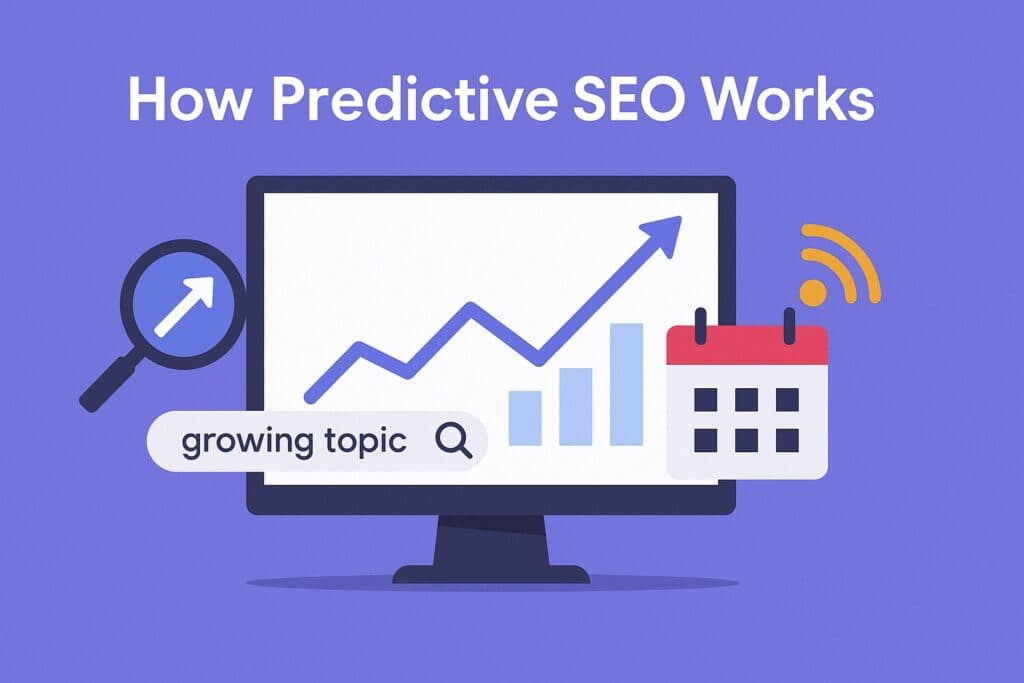
Predictive SEO strategies give you a reasonable picture of where interest is headed, so you can plan your content calendar before the competition even realizes there’s something worth writing about.
But it’s important to keep your expectations real.
You’re not going to push a button and have a perfect list of future keywords handed to you.
That’s not what predictive SEO promises.
What you get instead are signals that say, “This or that topic is heating up.”
Tools like Glimpse are great examples of predictive SEO tools. They’re much like Google Trends, but with an extra layer of forecasting baked in.
You can run it on your niche and it’ll show you which topics are growing right now and which ones are about to spike.
Of course, some predictions are almost laughably obvious.
You don’t need machine learning to tell you that searches for Christmas cookie recipes will climb in November.
The real value is when it surfaces something you wouldn’t have thought of, like the sudden rise of interest in plant-based egg substitutes right before holiday baking season.
Benefits of Predictive SEO
If you’re already managing things the traditional SEO way, adding another layer in the form of predictive SEO might feel like overkill.
So what incentives do you get for this overhead? Let’s explore them.
Get in Position Before Competitors
Spotting a trend after it shows up is easy.
By the time you see a topic climbing on Google Trends, you’re already in a race against dozens of competitors.
Predictive SEO changes that.
When you produce content before the surge in interest hits, your pages get extra time to build authority and rank naturally while others are still trying to catch up.
Of course, not all predictive SEO trends are sure to gain traction, and timing is everything.
Be wary of writing about a trend years early, because by the time the trend starts to go viral, your writing would be buried deep under content with fresher information.
Build an Always-Relevant Content Plan
With predictive insights, you can map out an editorial schedule that’s aligned with what’s likely to matter in the months ahead.
You will no longer be scrambling to react to whatever’s trending this month and making an awful content calendar in haste.
The real advantage here is control.
Secure Long-Term Visibility and Better Rankings
When you anticipate future search behavior, you can make technical SEO changes to your pages to increase the chances of ranking.
This timely optimization of your pages can land you sustainable visibility instead of a brief bump in traffic.
You also get the room to make changes based on abrupt algorithm shifts and avoid being caught off guard by sudden ranking drops.
Focus Budget & Time Where It Counts
Resources aren’t infinite, and wasting time on low-impact content hurts your ROI.
Predictive SEO lets you spend your budget and time on high-potential topics early for a much greater ROI.
This ROI is greater than that of traditional SEO because now more of your pages are sitting on top positions in search engines.
Predictive SEO in Practice
The content-creation process is part data analysis, part intuition, and entirely about doing the groundwork so your content is ready when interest peaks.
While every industry will approach this process a little differently, some techniques apply almost everywhere.
Let’s see what those are.
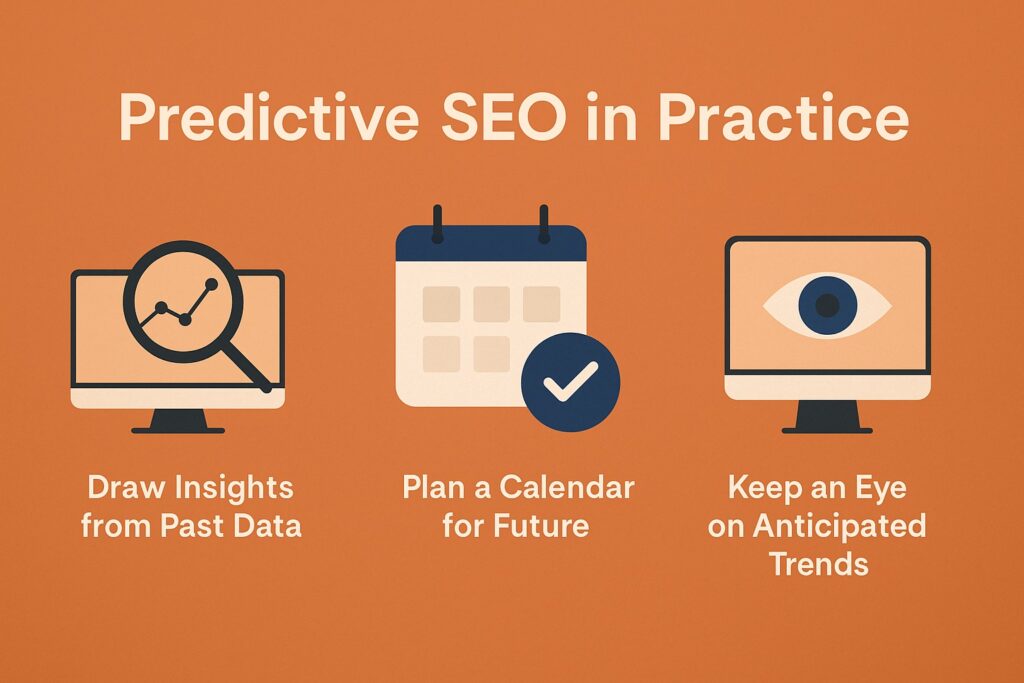
Draw Insights from Past Data
They say before you can look forward, you need to look backward.
Your past performance data holds patterns about topics that consistently attracted attention and formats that engaged your audience.
To gain visibility into those patterns, you can use analytics tools that examine how specific content types have performed over time.
It’s also worth scanning your industry’s recent history for clues. You can look into:
- Major conferences
- Speaker lineups
- Award winners
- Trending hashtags
Once you have all this information, turn it into a reference document.
You can then review the doc to spot recurring themes and small shifts that often evolve into tomorrow’s big topics.
Plan a Calendar for Future
With the past data on hand you can start listing incoming notable events, product launches, holidays, or seasonal moments relevant to your audience.
From there, layer in insights from your content performance metrics like dwell time and clickthrough rates.
If you find that certain topics or formats outperform others, plan more of them ahead of time.
In short, you need to make a detailed content calendar based on these predictive SEO strategies.
It’ll contain what questions to answer and how exactly to produce content for them.
Keep an Eye on Anticipated Trends
Planning ahead doesn’t mean you have set everything in stone. So even after you have scheduled your content, you’ll want to watch for shifts and emerging discussions.
You can set up alerts for key topics to ensure you don’t miss out.
If a topic you’ve been tracking suddenly takes off, you can update your existing content with relevant phrases, share it more aggressively, or even create a supporting piece to maximize its impact.
Different things need to be done when a topic finally becomes hot compared to when it was dormant.
This ongoing monitoring lets you react in real-time to make success promising.
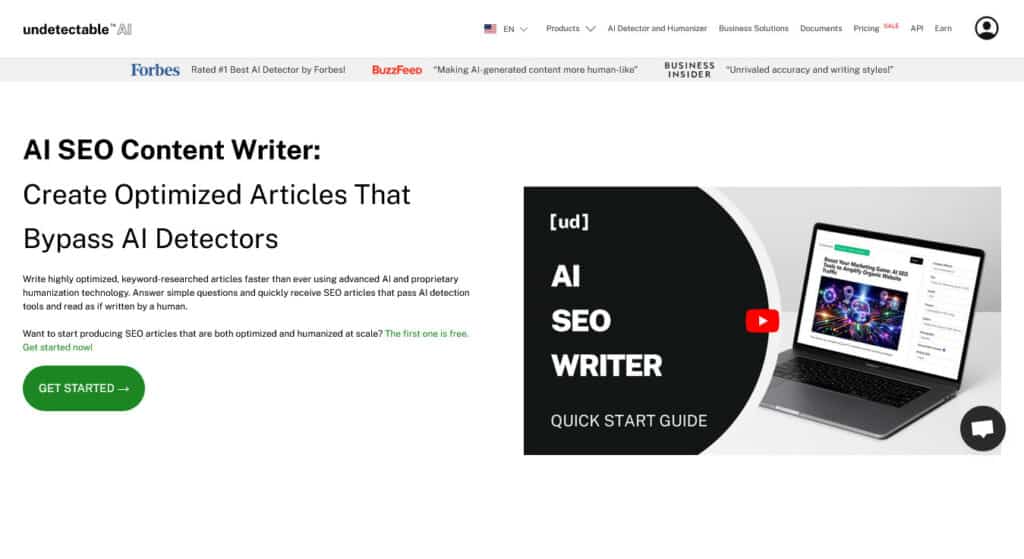
If you feel your business is ready, you can use Undetectable AI’s AI SEO Writer to generate optimized content that adapts to evolving keywords and search intent, so your efforts today remain relevant well into the future.
Predictive SEO vs Traditional SEO
| Aspect | Predictive SEO | Traditional SEO |
| Core Focus | Anticipates future search trends and user interests | Optimizes for existing keywords, rankings, and current search demand |
| Goal | Create content before topics peak to capture early traffic | Improve visibility for terms already known to have steady traffic |
| Timing | Proactive | Reactive |
| Keyword Strategy | Targets terms with rising or emerging interest, even with low current volume | Targets terms with proven traffic and search volume |
| Risk Level | Higher because predictions may miss or trends may fade quickly | Lower because data is stable and historically verified |
| Competitive Advantage | Early mover advantage. Content ranks before competitors catch on | Relies on outperforming existing content in a saturated space |
| Results Speed | Can drive fast spikes if predictions are accurate | Steady, long-term traffic growth over time |
Tools for Predictive SEO
Plenty of platforms throw around the term “predictive SEO,” but not all of them live up to the label.
Some are genuinely helpful, while others just repackage generic data with a fancy name.
To save you time (and frustration), here are some tools that actually help.
Google Trends and Search Console Insights
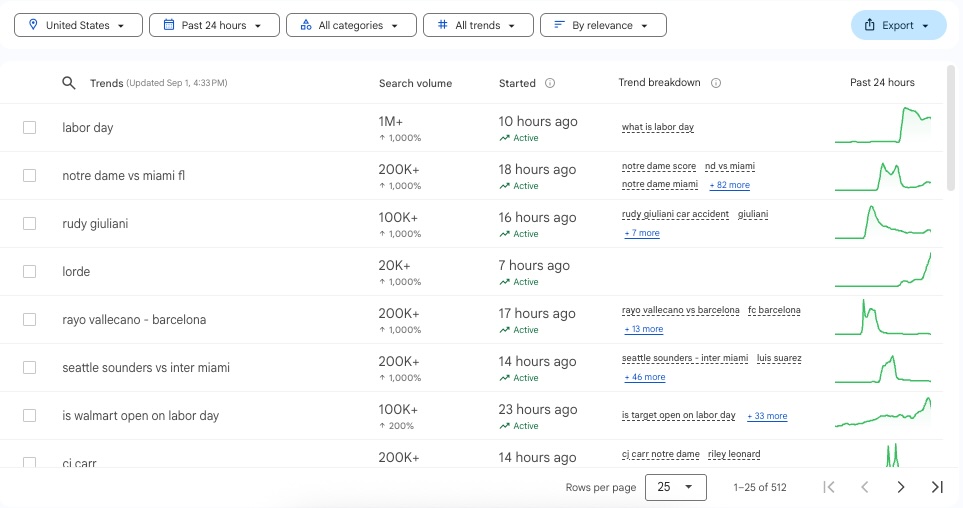
Google Search Console is a good starting point as it has been offering recommendations informed by predictive analytics for a while now.
However, since everyone has access to it, you don’t get a real competitive edge.
So your next option is Google Trends.
You run a topic through it and it’ll tell you things like how interest in a topic changes over time, where searches are coming from, and when interest typically peaks.
AI-Powered SEO Platforms
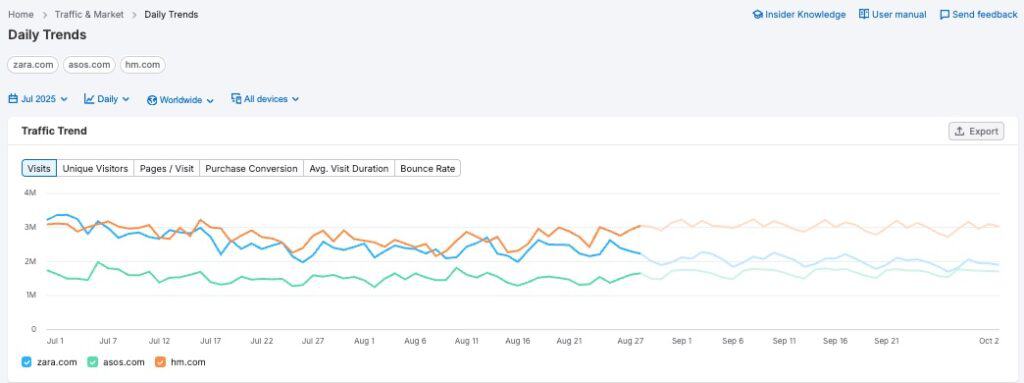
On the more advanced end, you have SEO platforms that genuinely use predictive analytics to provide deeper insights into where your industry is headed.
I’m talking about specialized trend analysis tools or enterprise platforms such as Ahrefs and Semrush who invest heavily in building their own forecasting models.
However, these tools do come with a learning curve.
They have loads of features and metrics and thus you’ll need to know which features to use and how to interpret the data correctly.
AI Content Optimization Tools
Even if your predictions are spot on, nothing guarantees you’ll claim the top spot unless your content is good enough to deserve it.
That’s because, just like you, your competitors are planning for the same topics too, so weak or poorly written content won’t hold up.
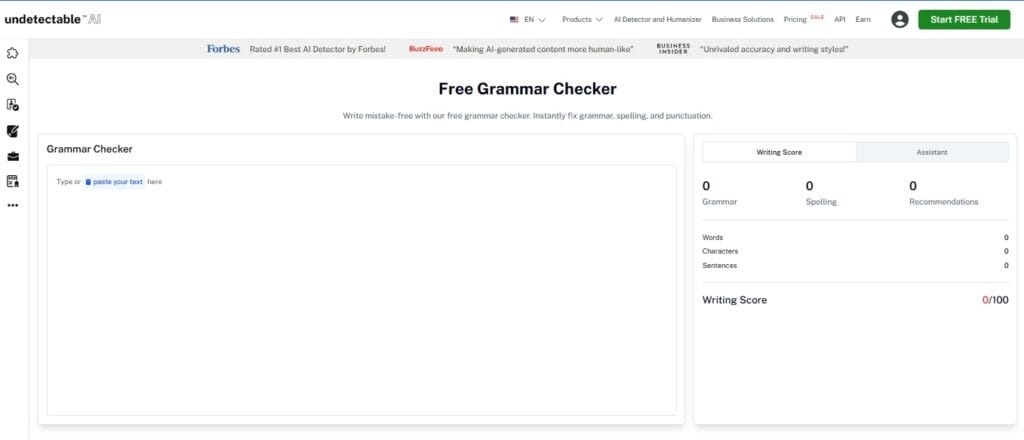
To make sure your content is top-notch and ready to perform, Undetectable AI’s Grammar Checker and AI Detector is at your disposal.
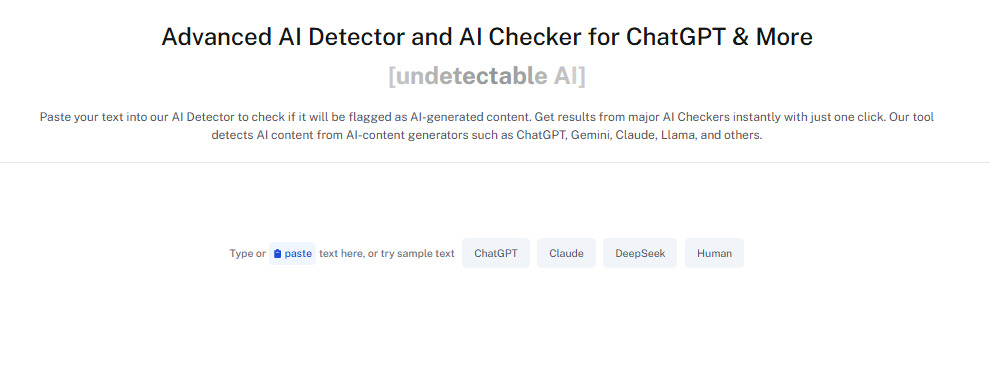
Using them you can polish predictive SEO content to ensure it reads professionally and also confirm your articles aren’t flagged as AI-generated because search engines and even users have grown smart enough to identify AI-writing.
Built for writers, students, and businesses—explore our reliable detection and humanization tools.
Final Thoughts
Like a carpenter who measures twice to avoid wasted cuts, marketers who plan ahead with predictive SEO save themselves from costly missed opportunities.
But before you head out on this journey, make sure you have the right tools.
For an AI tool that helps your writing stay sharp and undetectably human, Undetectable AI has you covered.
